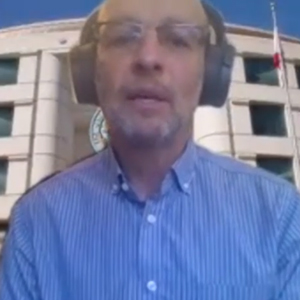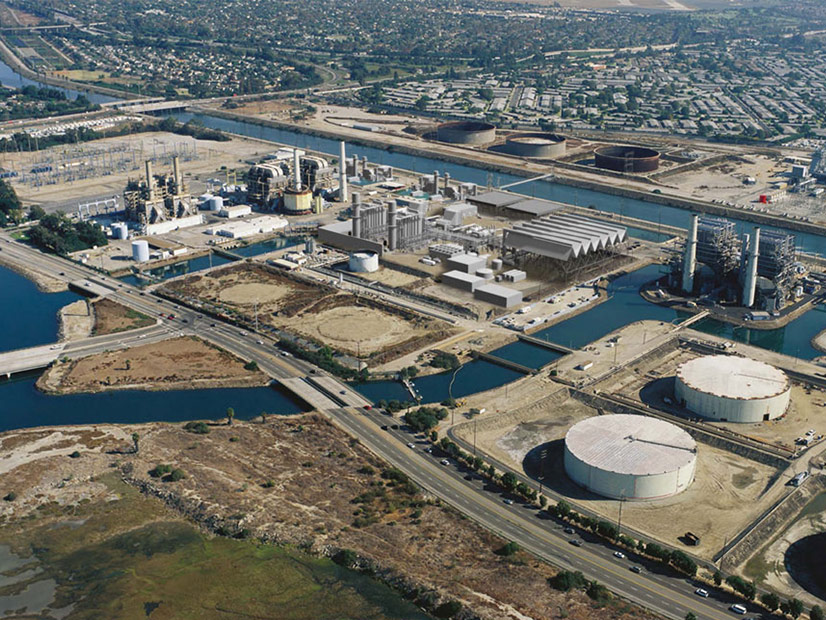The California Public Utilities Commission reversed course Thursday on a proposal to include up to 1,500 MW of gas generation in its plan to add 11.5 GW of new resources by 2026 to ensure reliability — the largest single procurement order in state history.
Commissioners unanimously approved a revised proposal that requires all 11.5 GW of new resources to be free of greenhouse gas emissions.
“This is a landmark decision,” Commissioner Clifford Rechtschaffen said. “I don’t think it’s hyperbole to describe it as such. We are directing the various load-serving entities to procure what is an unprecedented amount of new clean energy resources … [that] will come online in the middle of the decade.
“Just to give you a sense of the scale, this is enough to power about 2.5 million households in the state, and all of it will be coming from renewable or zero-emitting resources,” Rechtschaffen said. “We need these resources … to respond to the changing climate and to more extreme weather events, such as the ones we saw last summer and which we’re going to continue to see. We need it to respond to the changing grid.”

Multiple gas plants, including a group of aging once-through-cooling plants, are scheduled to retire within the next few years. So is Diablo Canyon, the state’s last operating nuclear generator.
In a proposed decision in May, CPUC Administrative Law Judge Julie Fitch said the CPUC should include from 1,000 MW to 1,500 MW of additional gas generation in the procurement order to make sure the state can meet its evening peaks, after solar goes offline. Last summer’s rolling blackouts happened in the early evening.
Continued outages could jeopardize the state’s plan to supply retail customers with 100% clean energy by 2045, Fitch said. (See CPUC Proposes Adding 11.5 GW of New Resources.)
“The middle of this decade represents an inflection point and a transition; we need to make it through successfully in order to realize our goals,” she wrote. “The potential for a destabilized electric grid and unreliable service if we fail to plan appropriately for the transition is a very serious threat to our ability to realize our long-term goals.”
Rechtschaffen offered an alternative plan that limited the amount of added gas to 500 MW with a five-year time limit. Both plans said the gas should come from increased production at existing plants, not from new generation.
The proposal caused an uproar among stakeholders and residents, who saw it as a step backward and a move away from nearly all state policy in recent years.
“There’s been a tremendous amount of party interest in this case,” Rechtschaffen said. “We had over 50 parties filing comments [and] we had over 40 parties participating in the all-party meeting we [held on the matter].” Numerous public commenters critiqued the plan on June 17, saying the CPUC had failed to show that more gas generation was needed.
On Tuesday, however, Fitch had issued her revised decision, and Rechtschaffen withdrew his alternative plan.
The revised order retains the requirement that LSEs, including community choice aggregators and the state’s three big investor-owned utilities, must procure resources in proportion to their share of load in CAISO in phases from 2023 to 2026. Batteries, long-duration storage, solar, wind and other renewables would make up the resource mix.
“The revised [proposed decision] that we’re voting on today removes the requirement to procure any fossil resources, and instead our staff will work with the Energy Commission staff to conduct additional analysis over the next few months about the need for fossil resources for reliability purposes,” Rechtschaffen said. “The results of this analysis from our staff and the Energy Commission will help inform our next procurement decision, which we will debate about later this year.”


